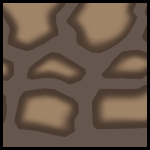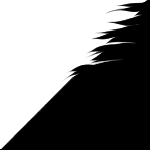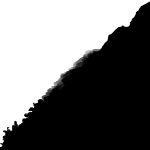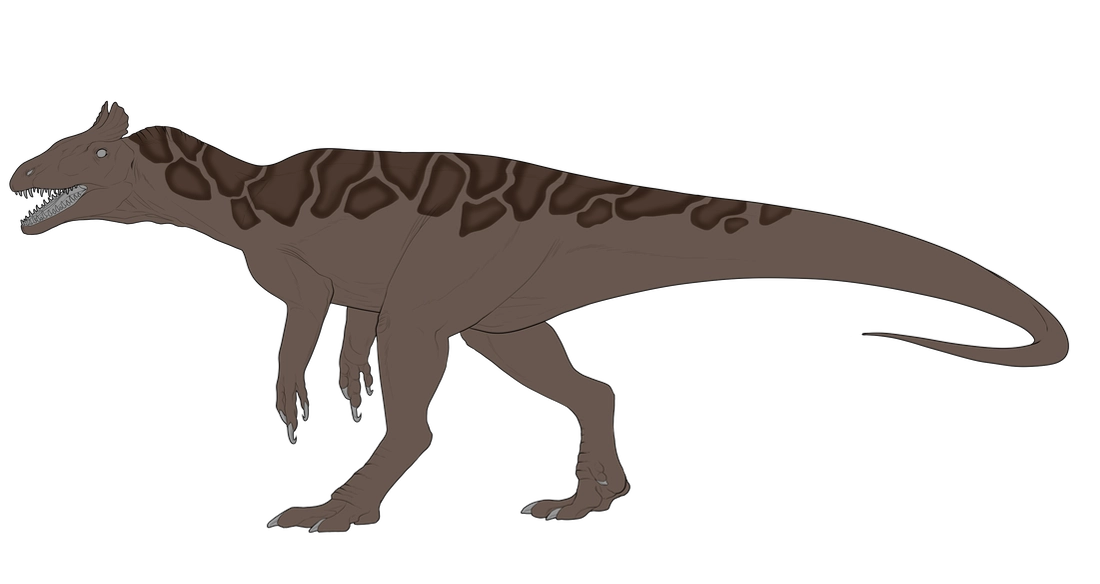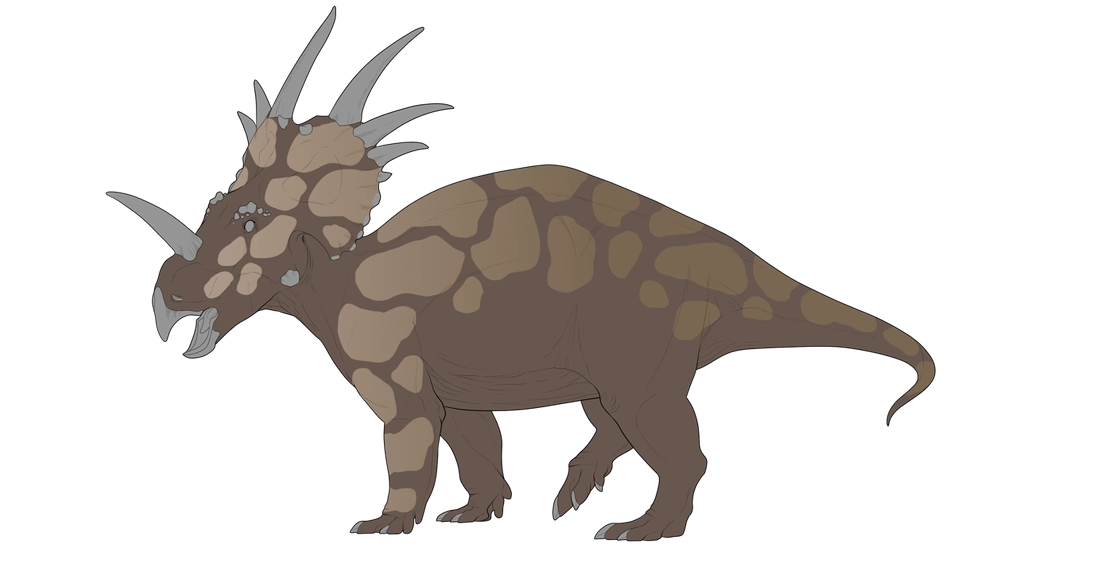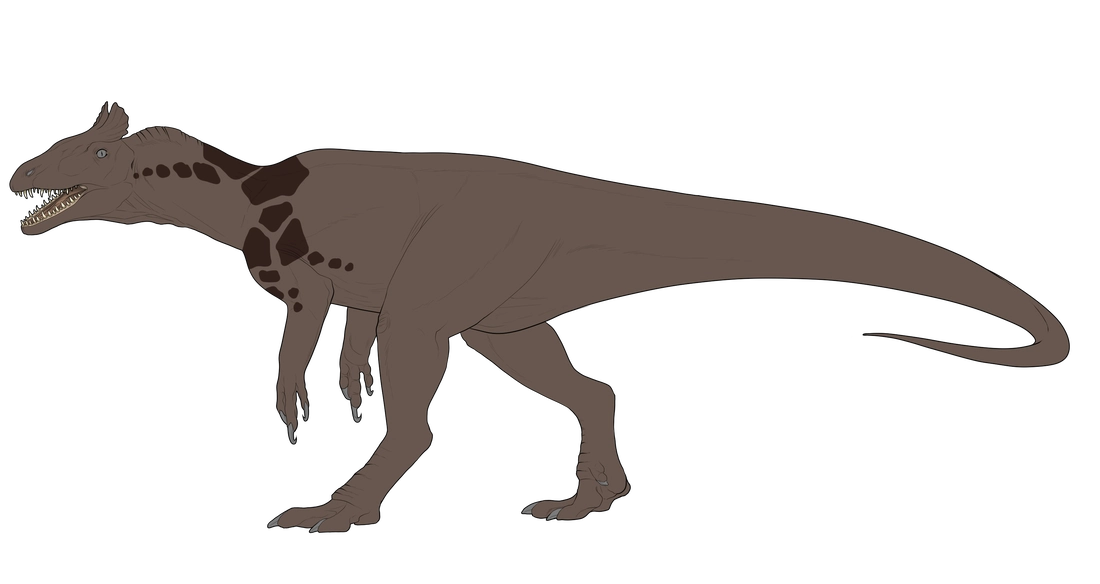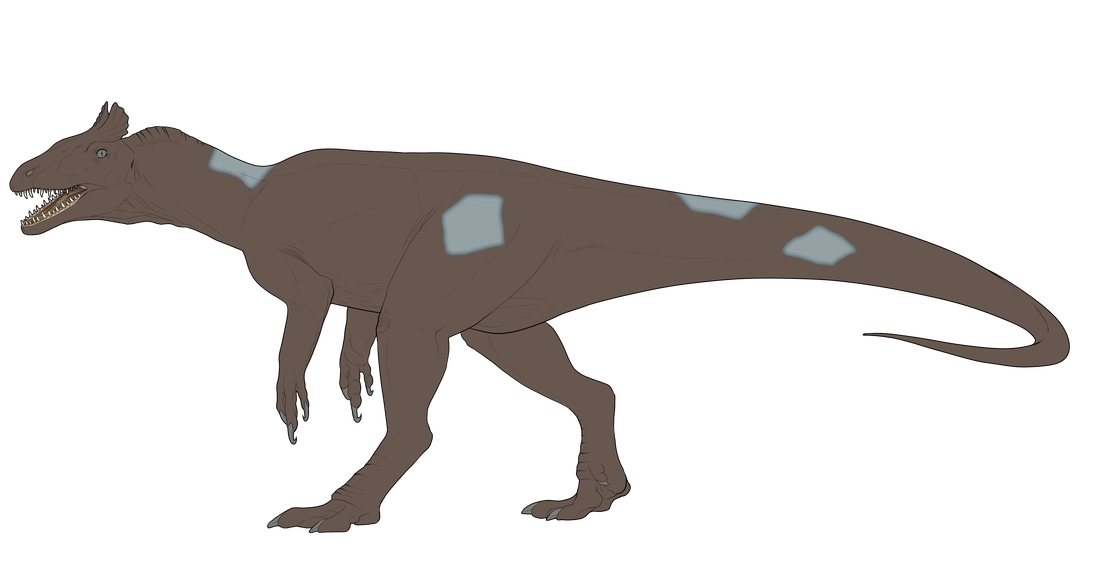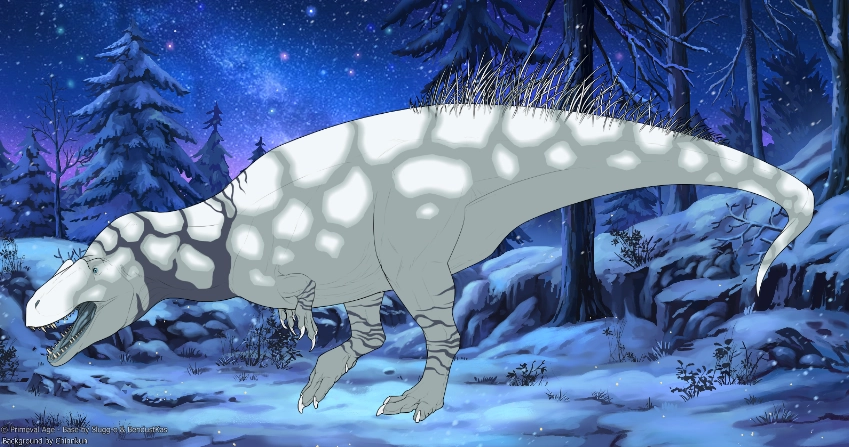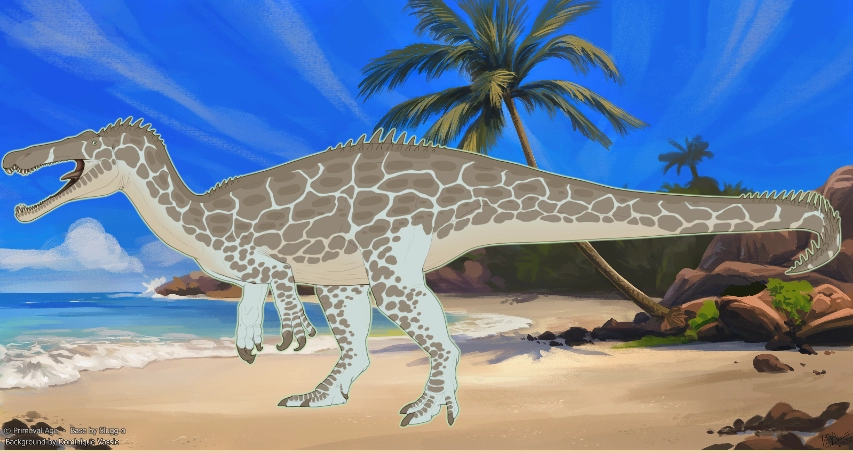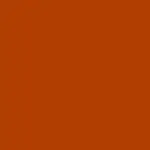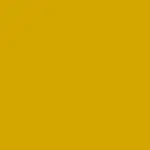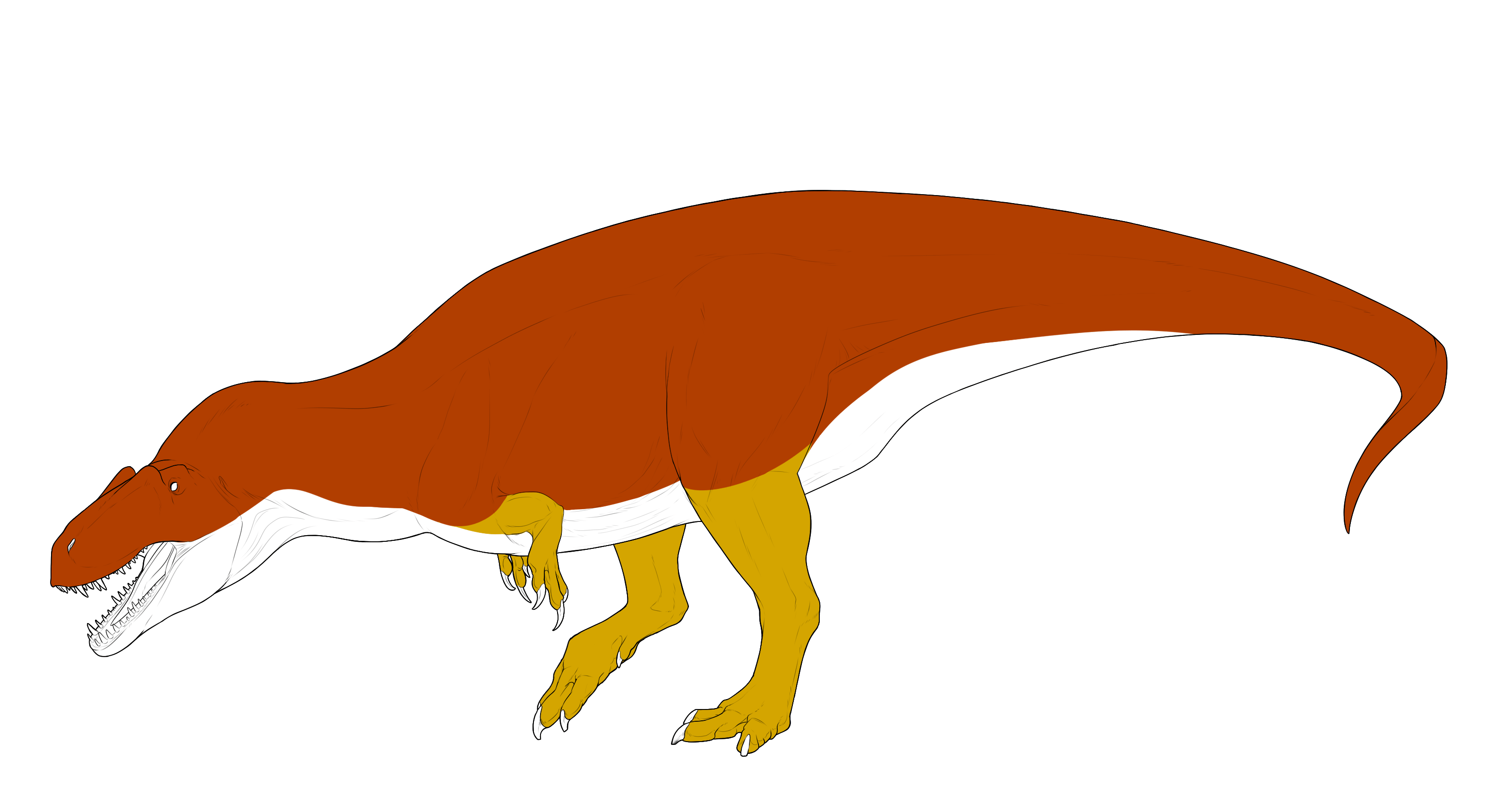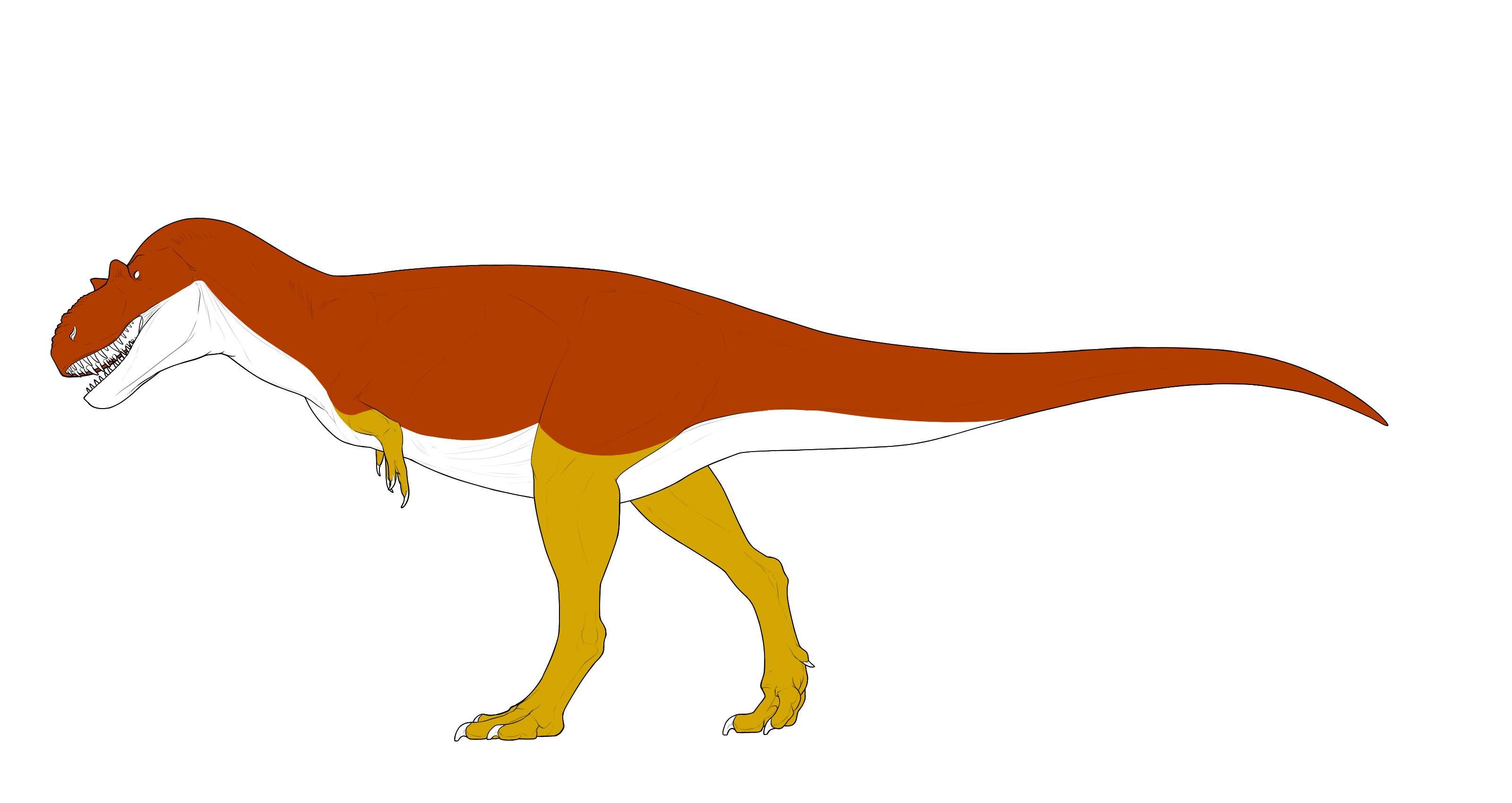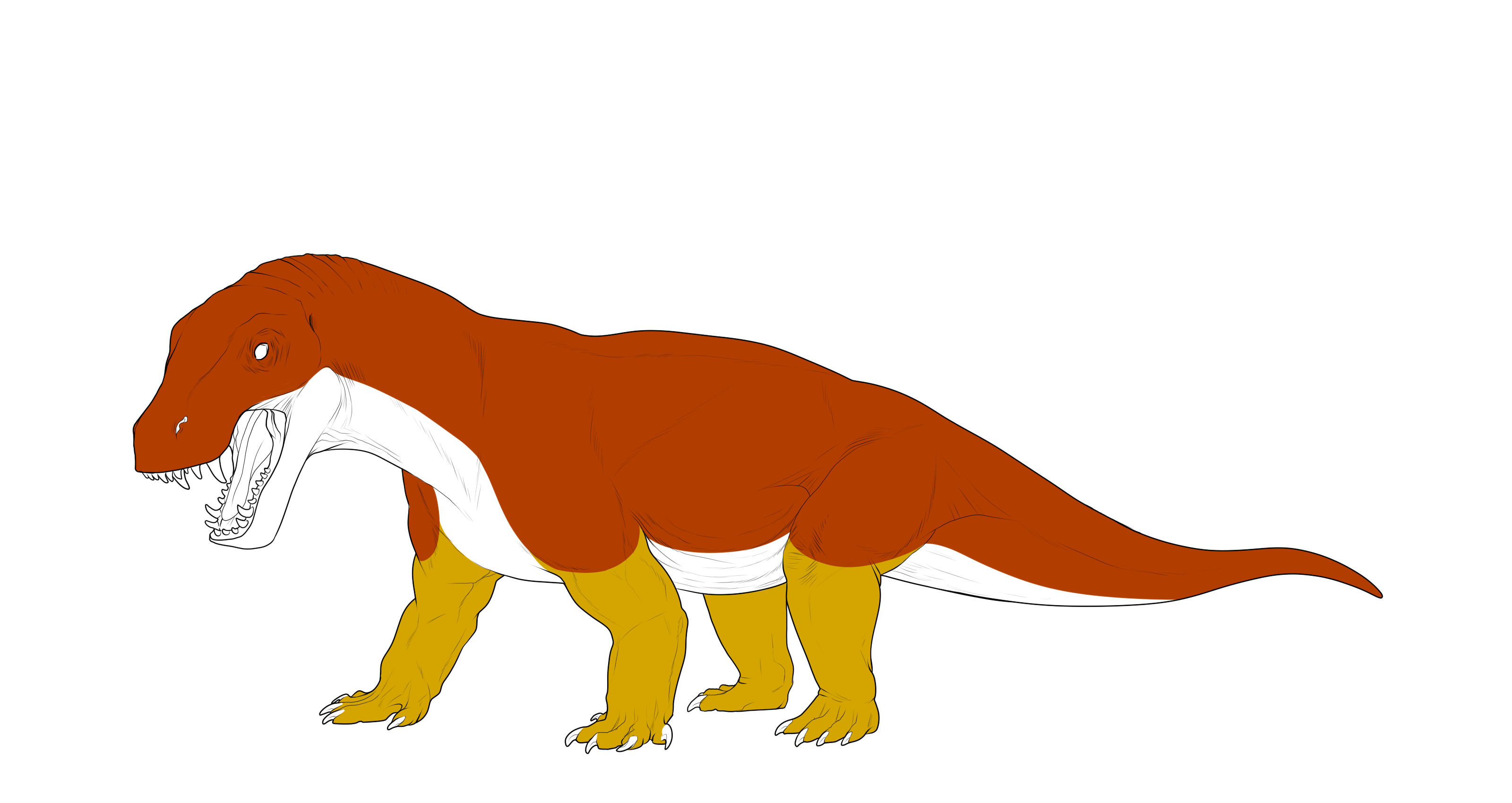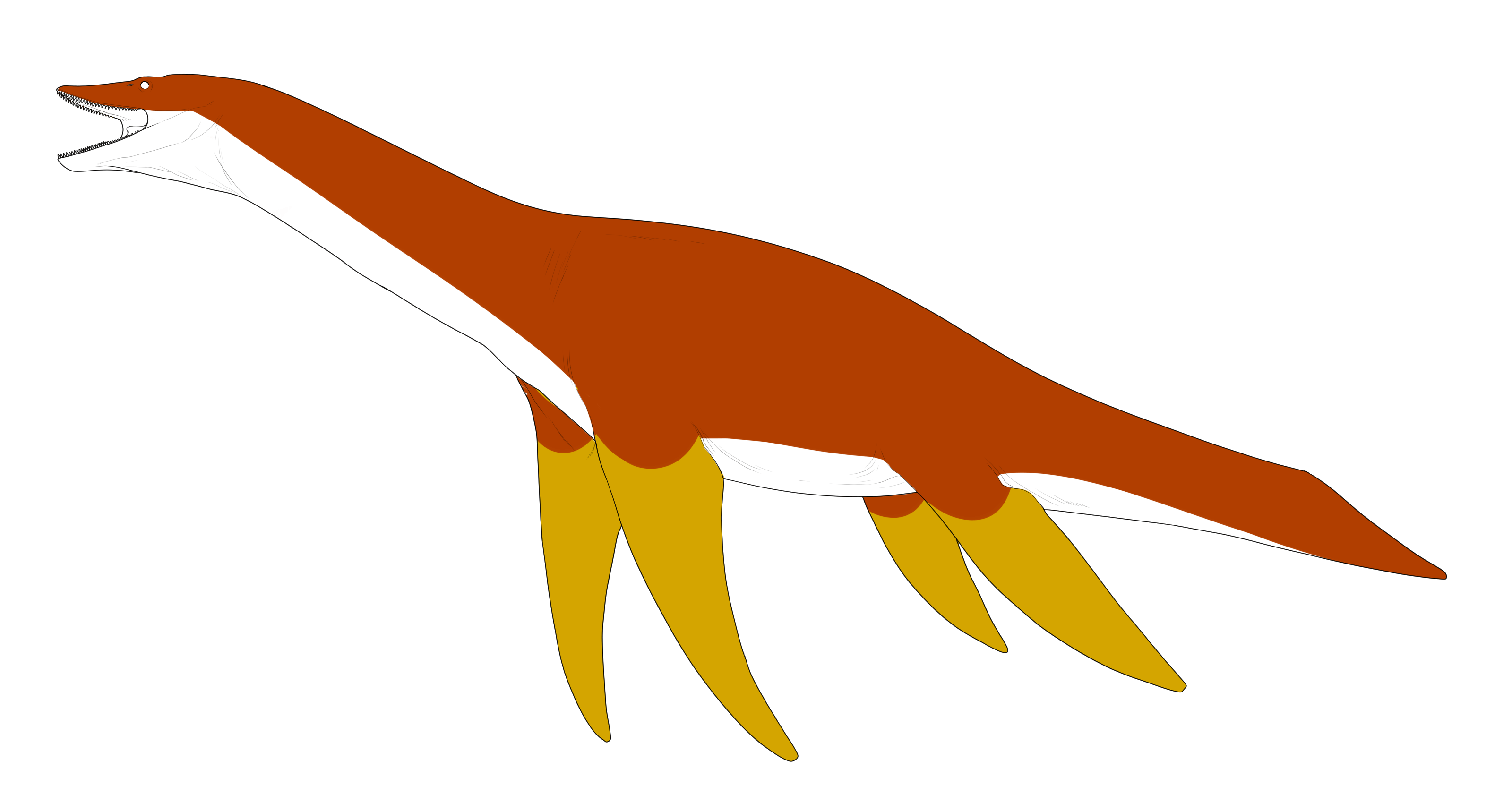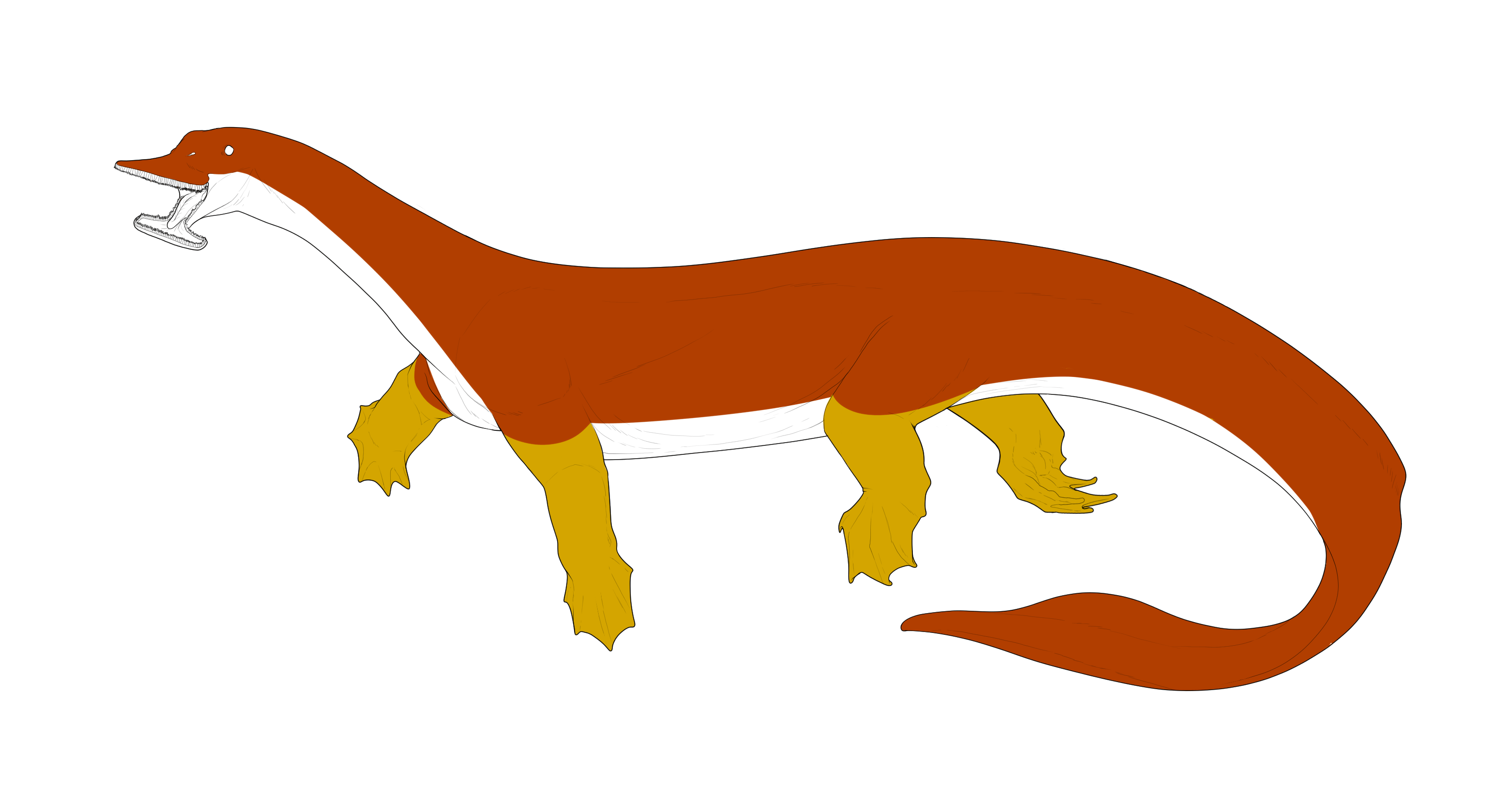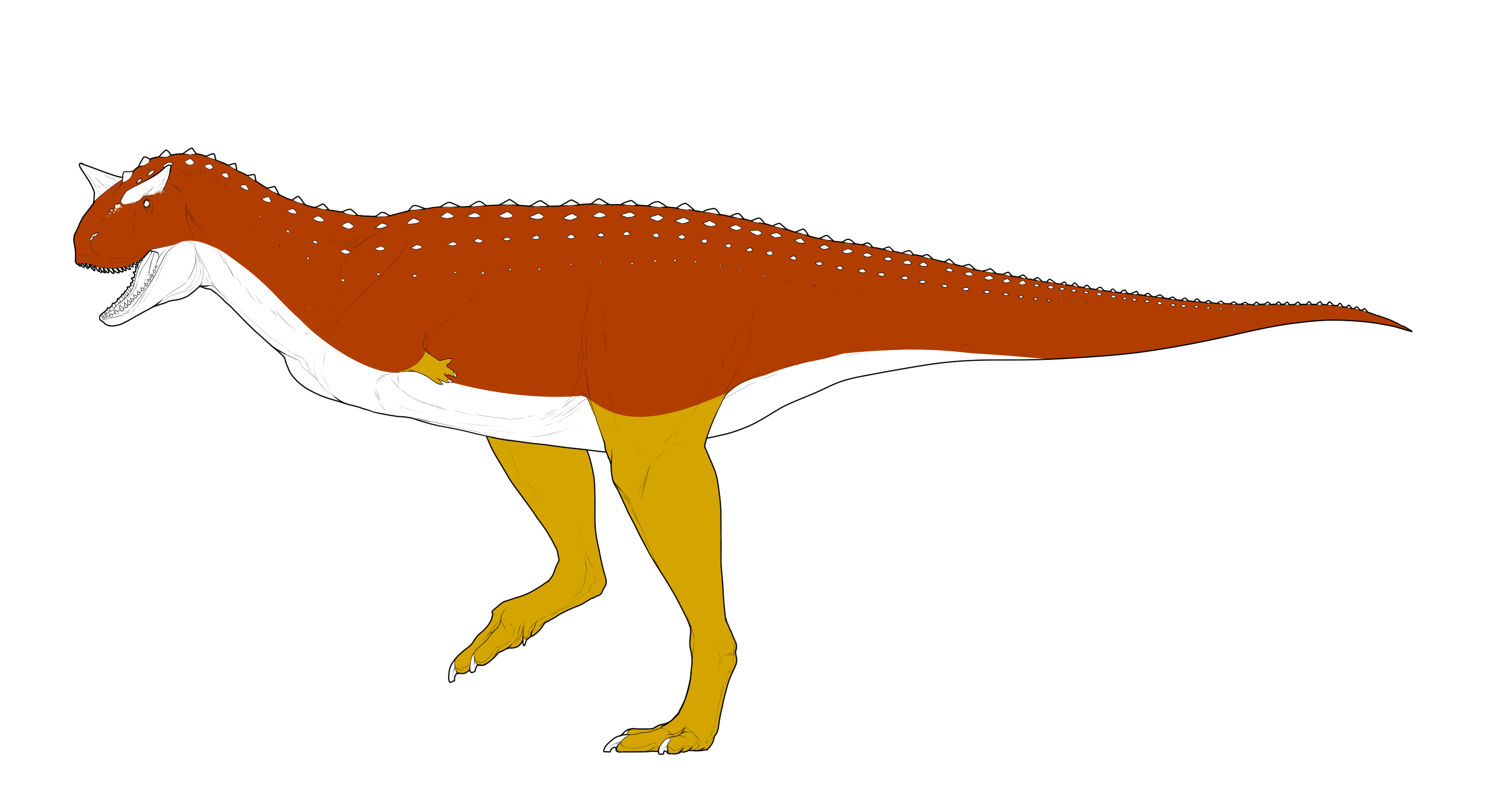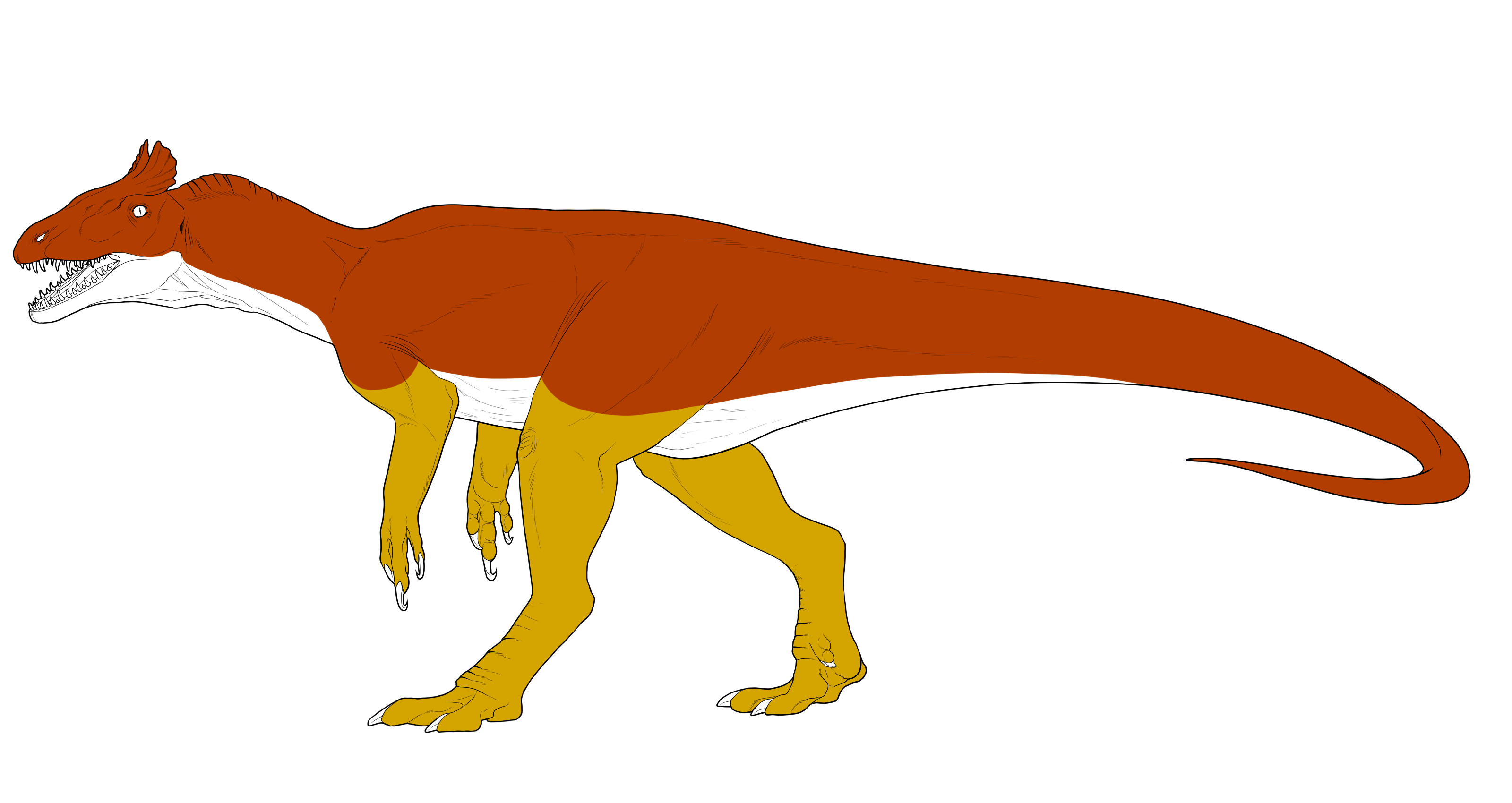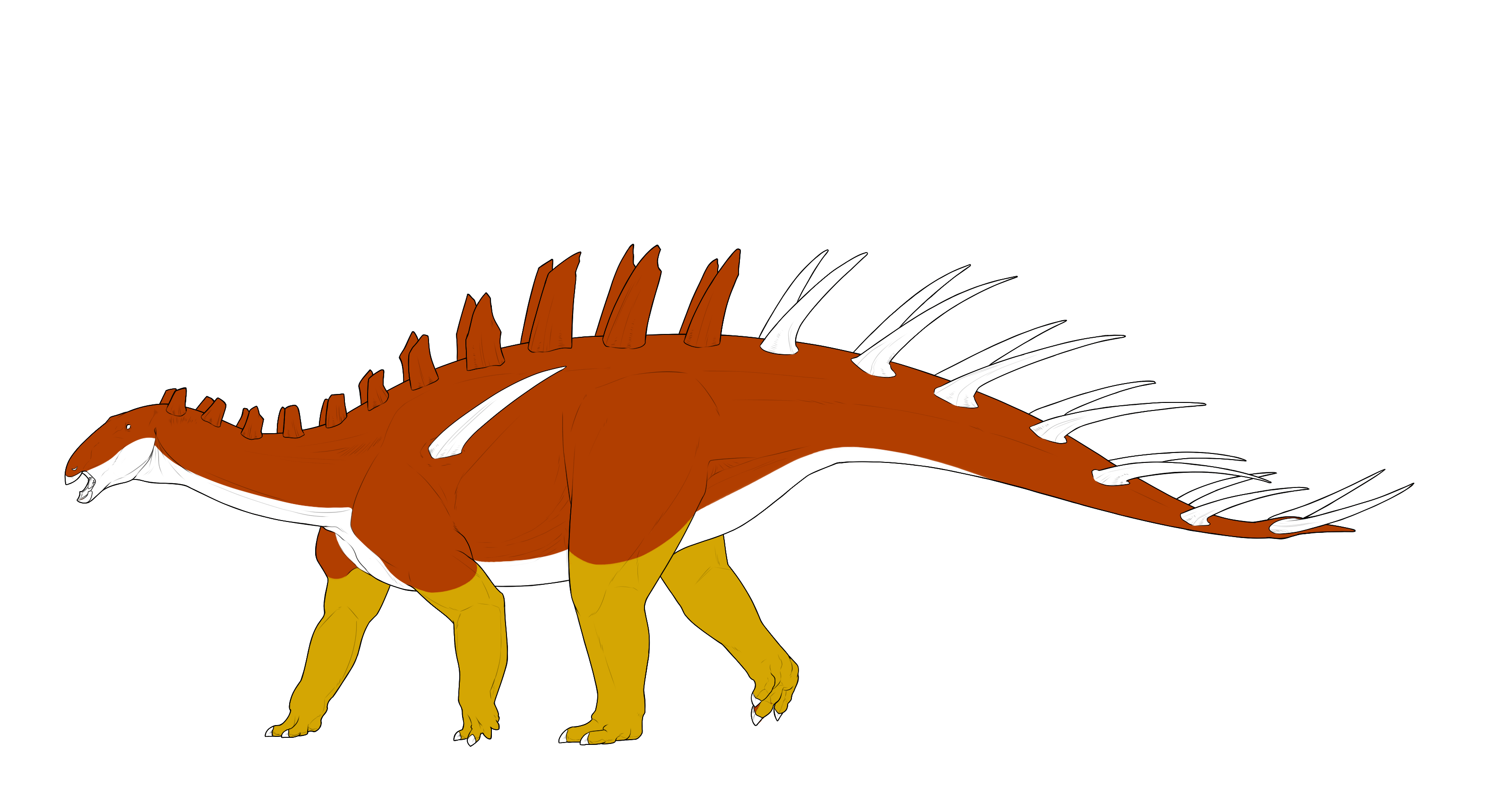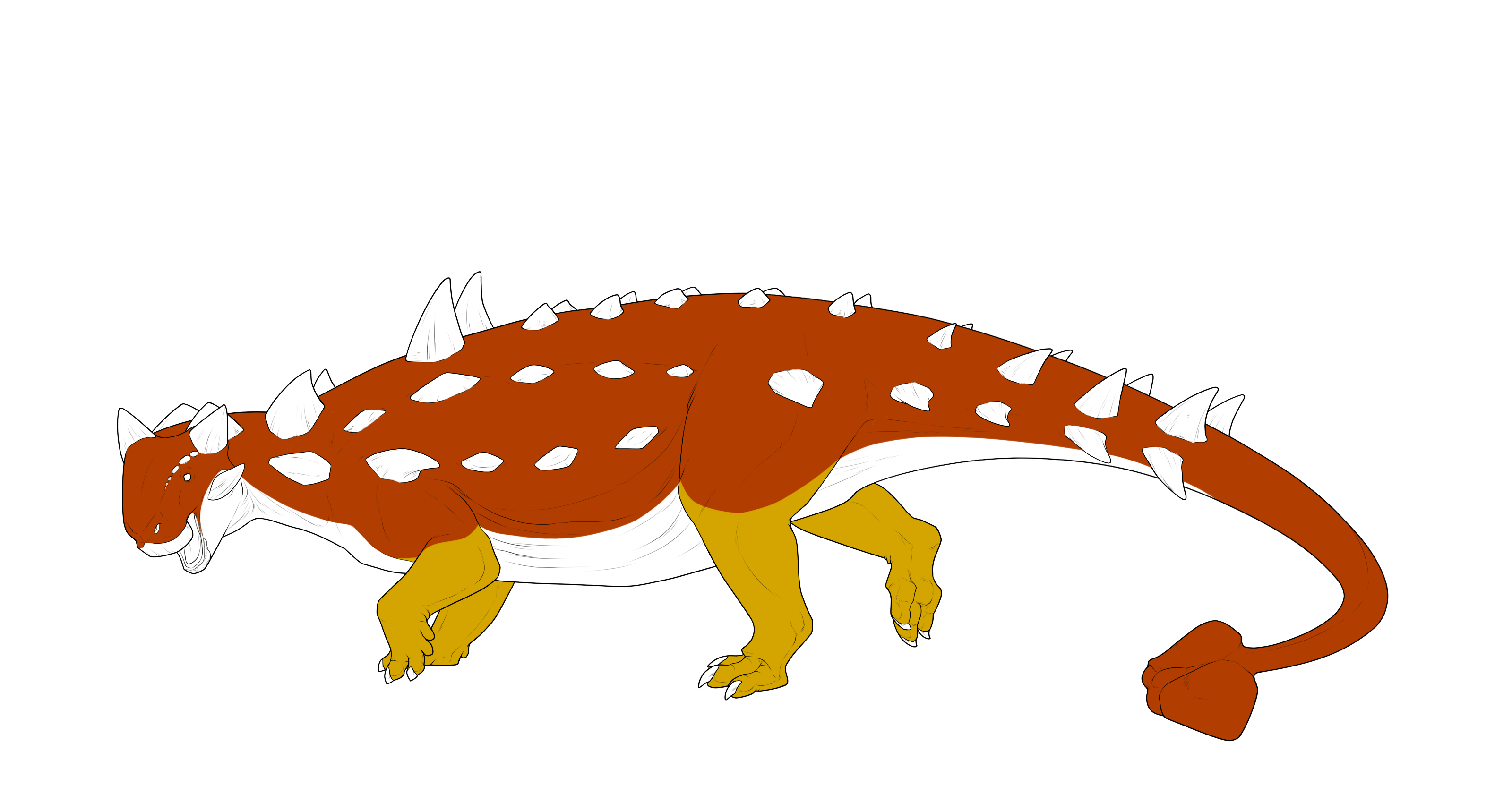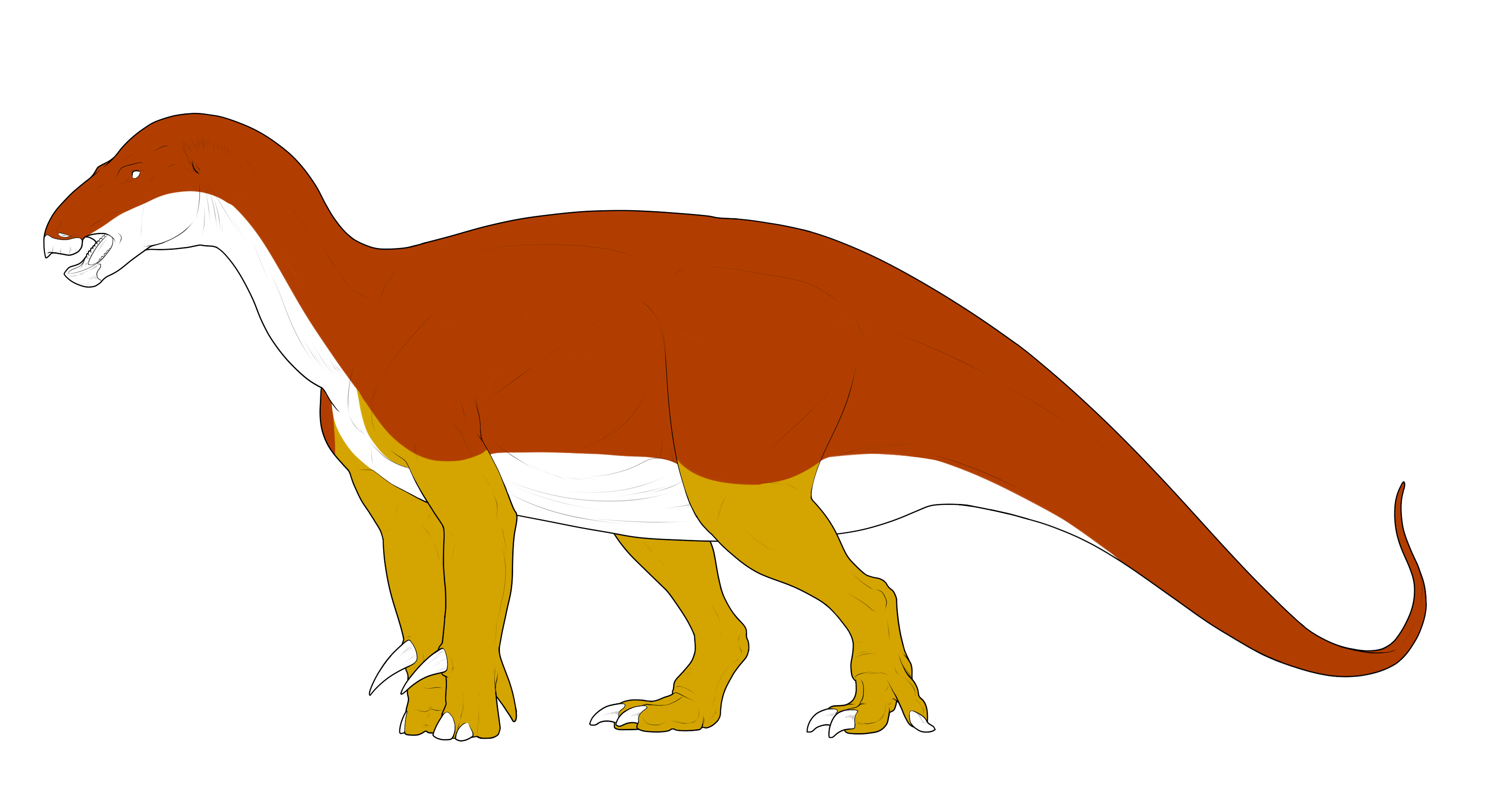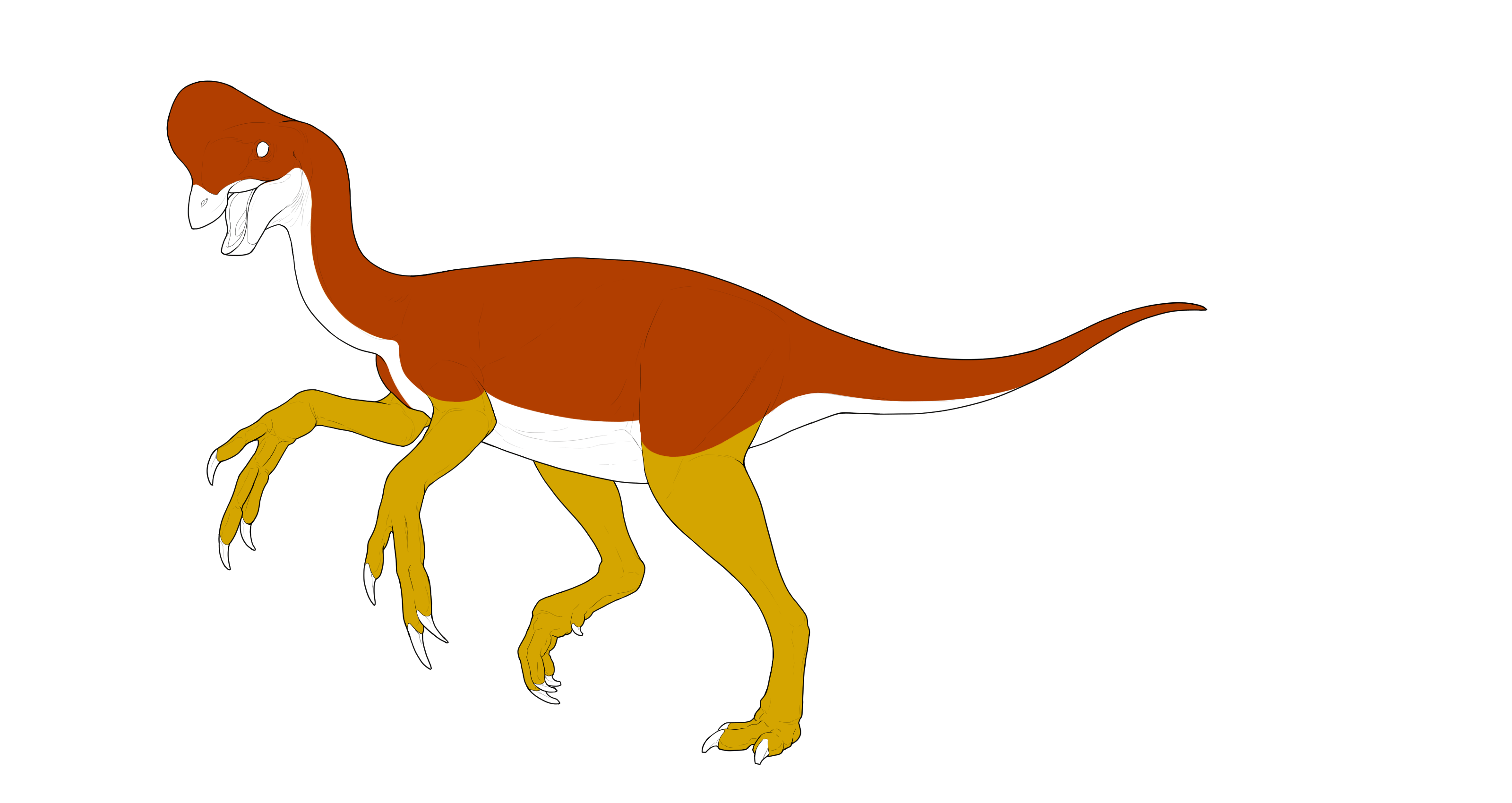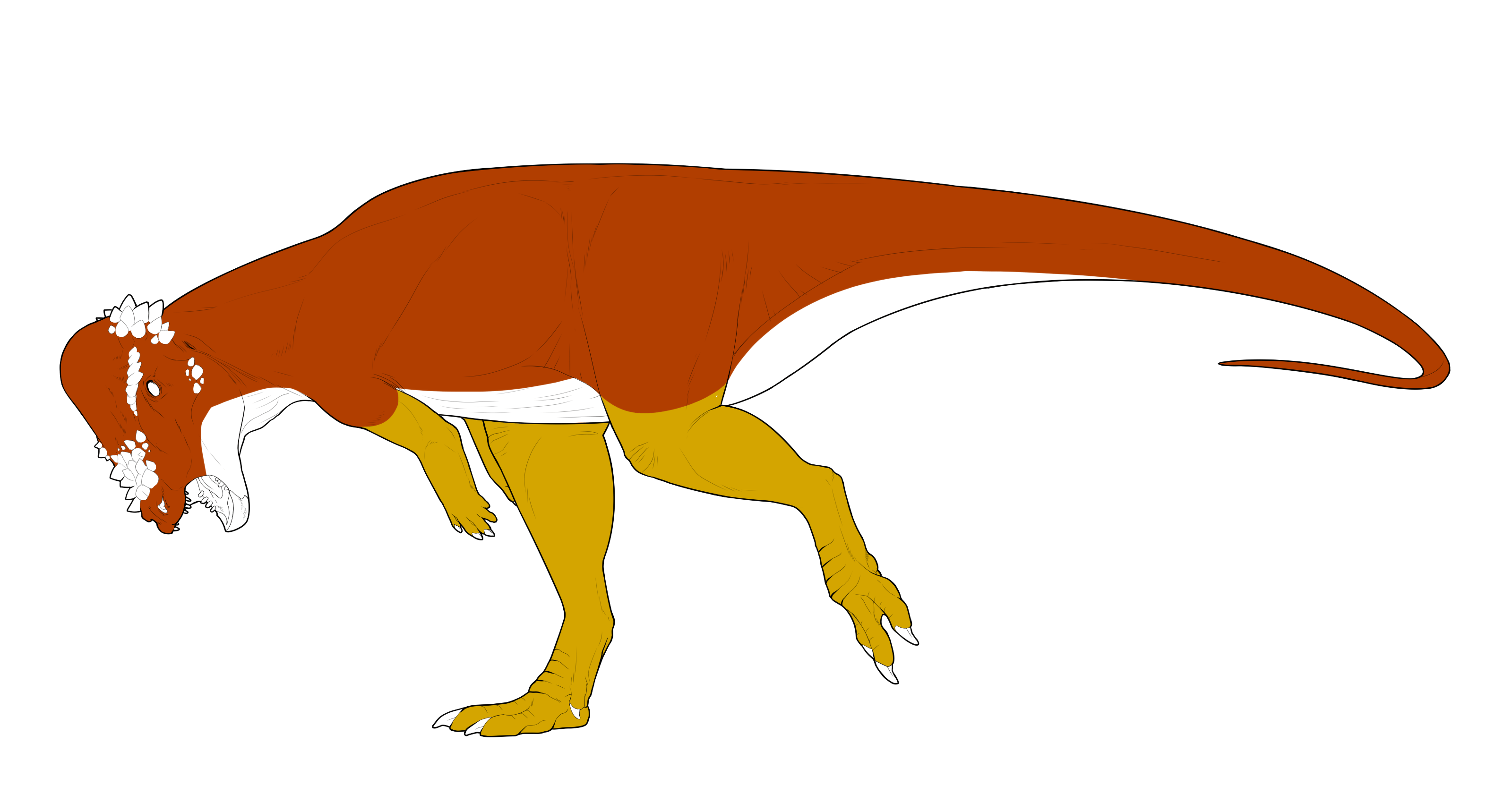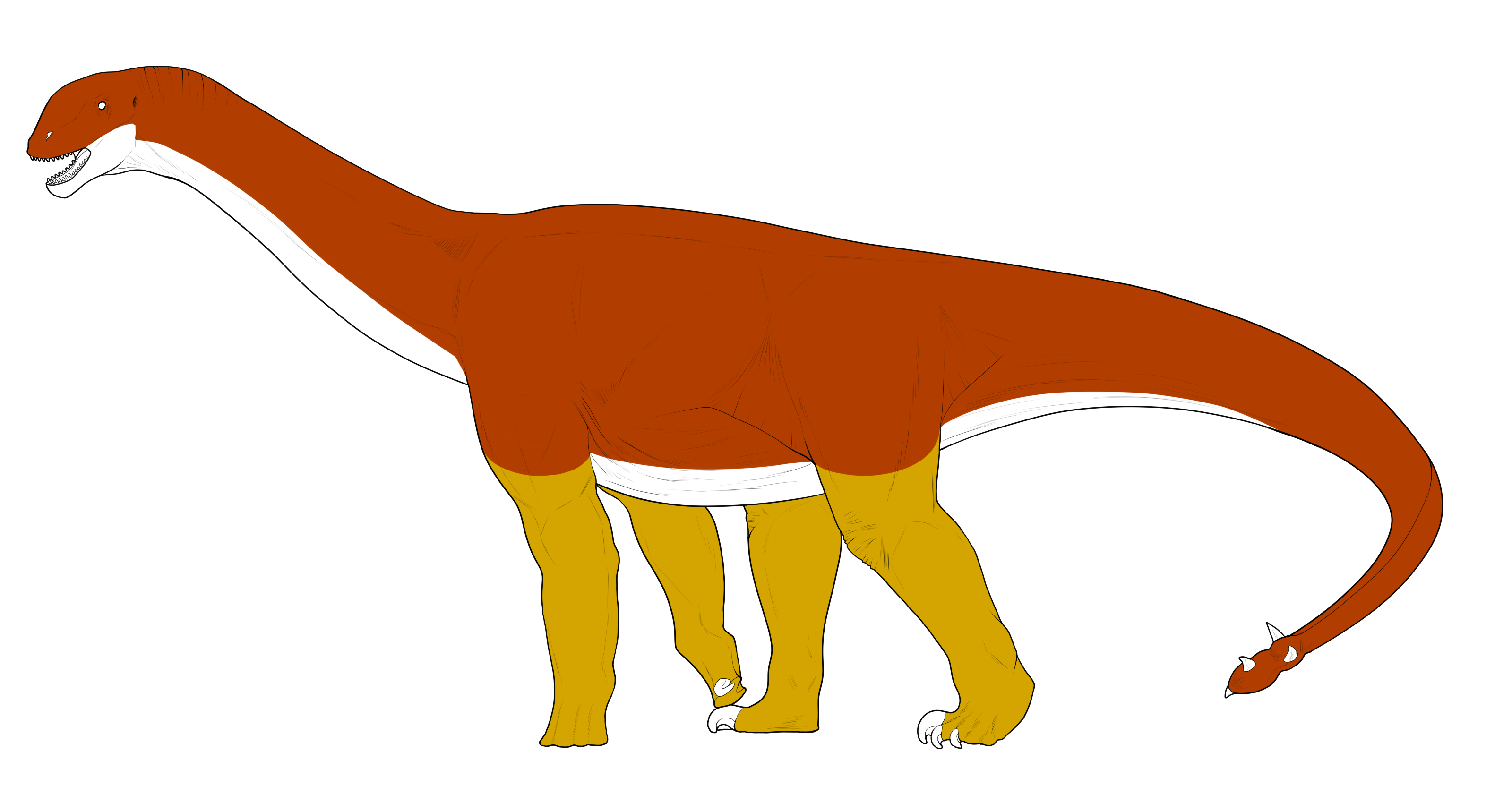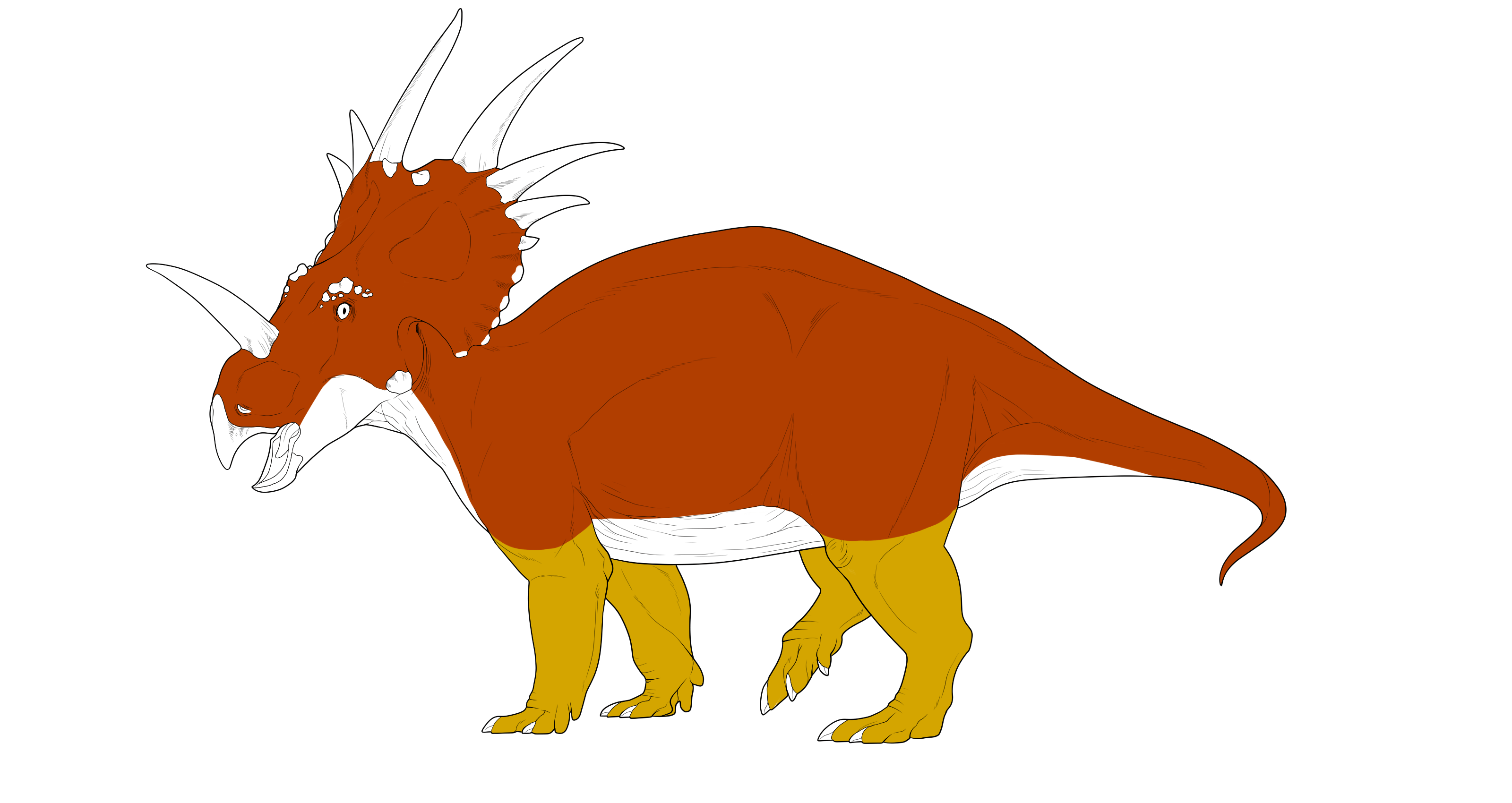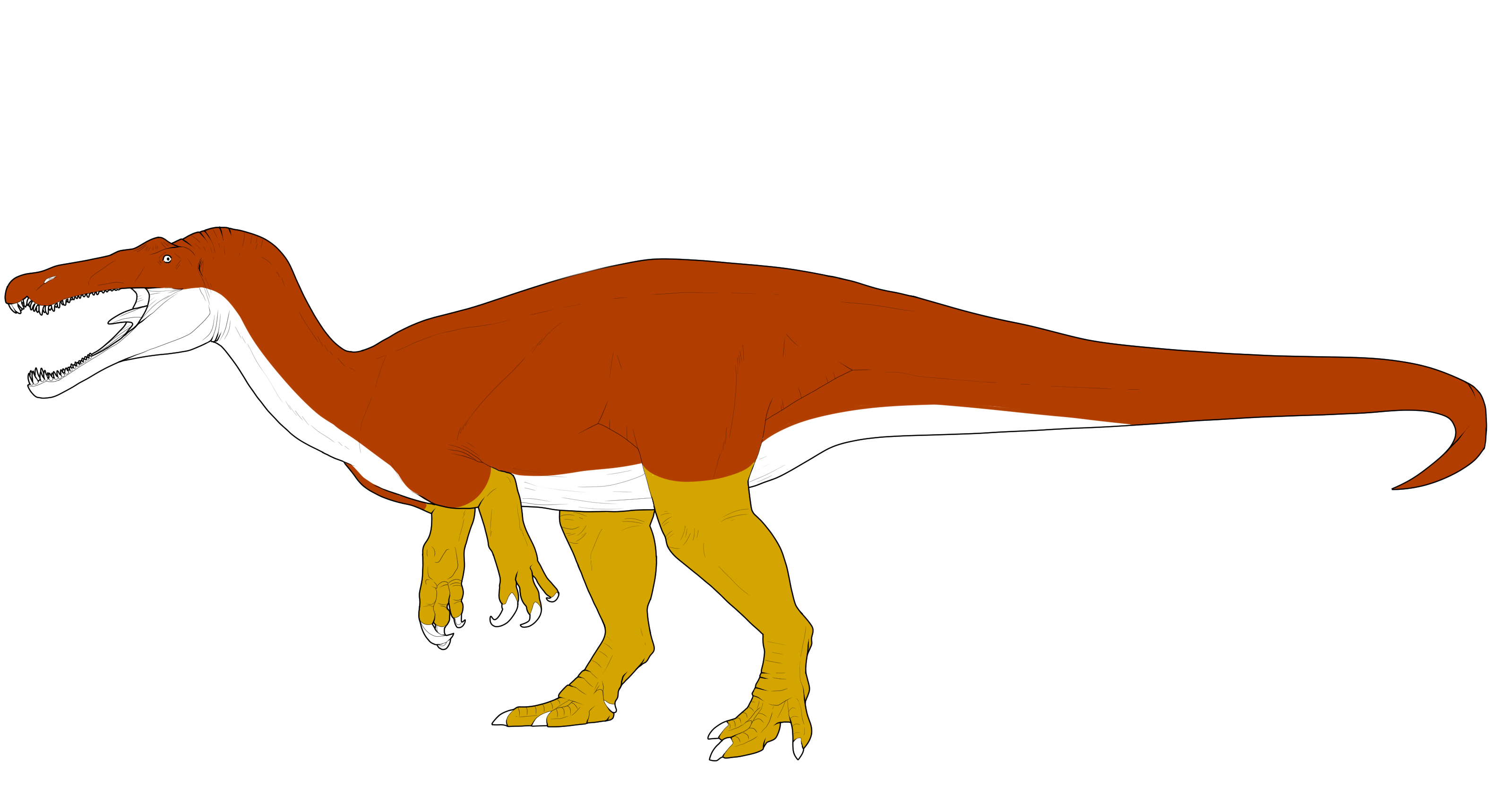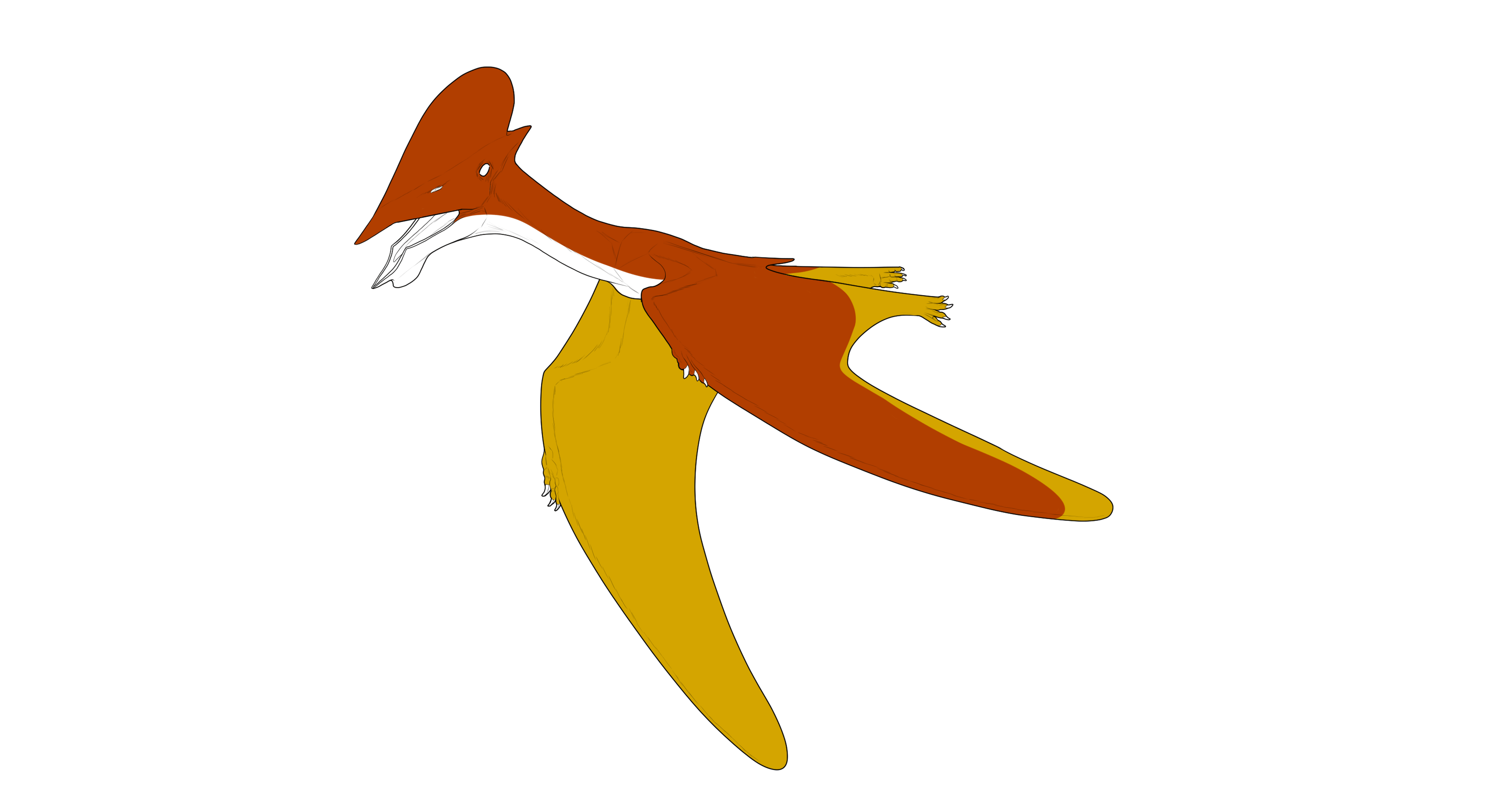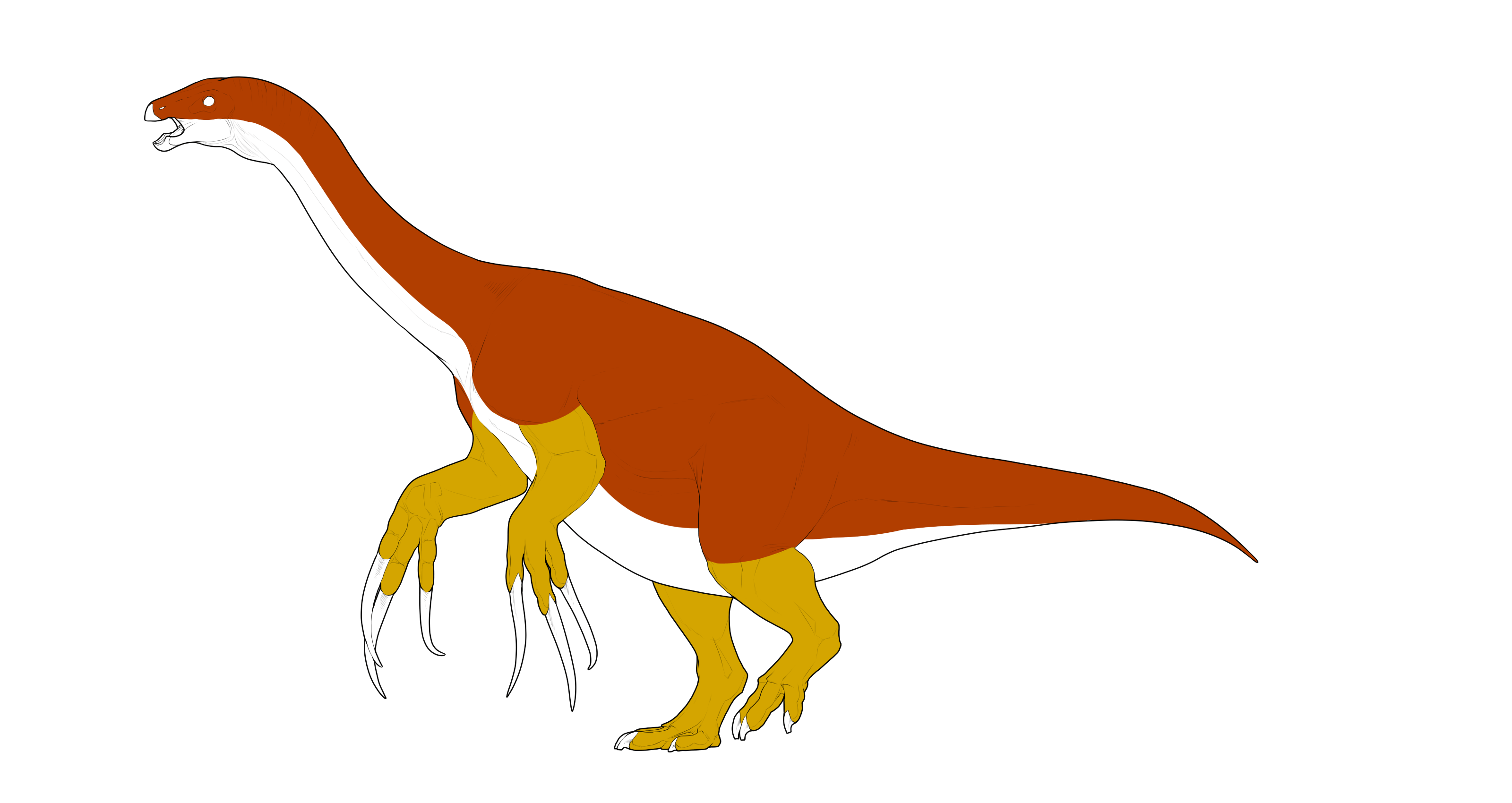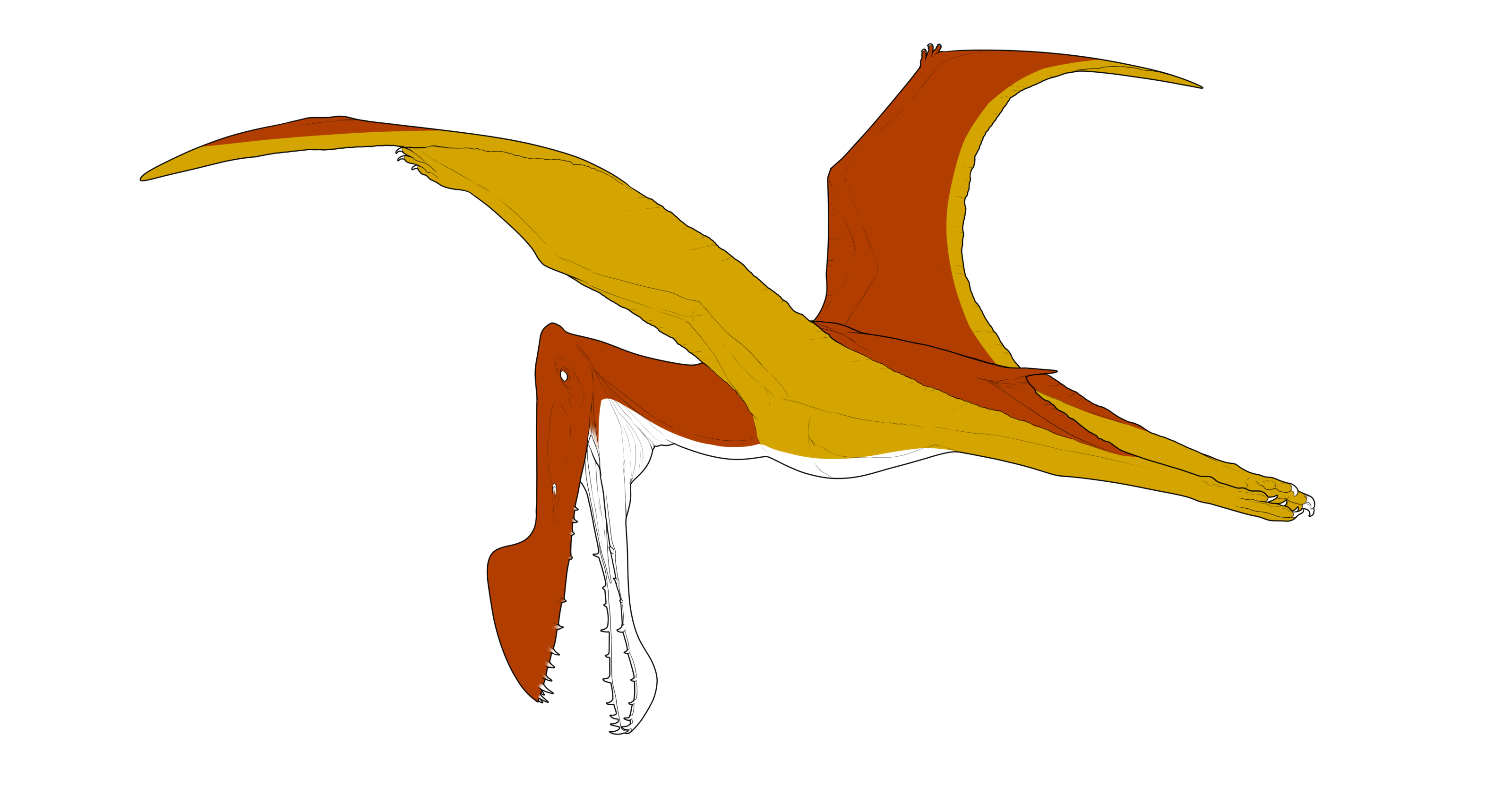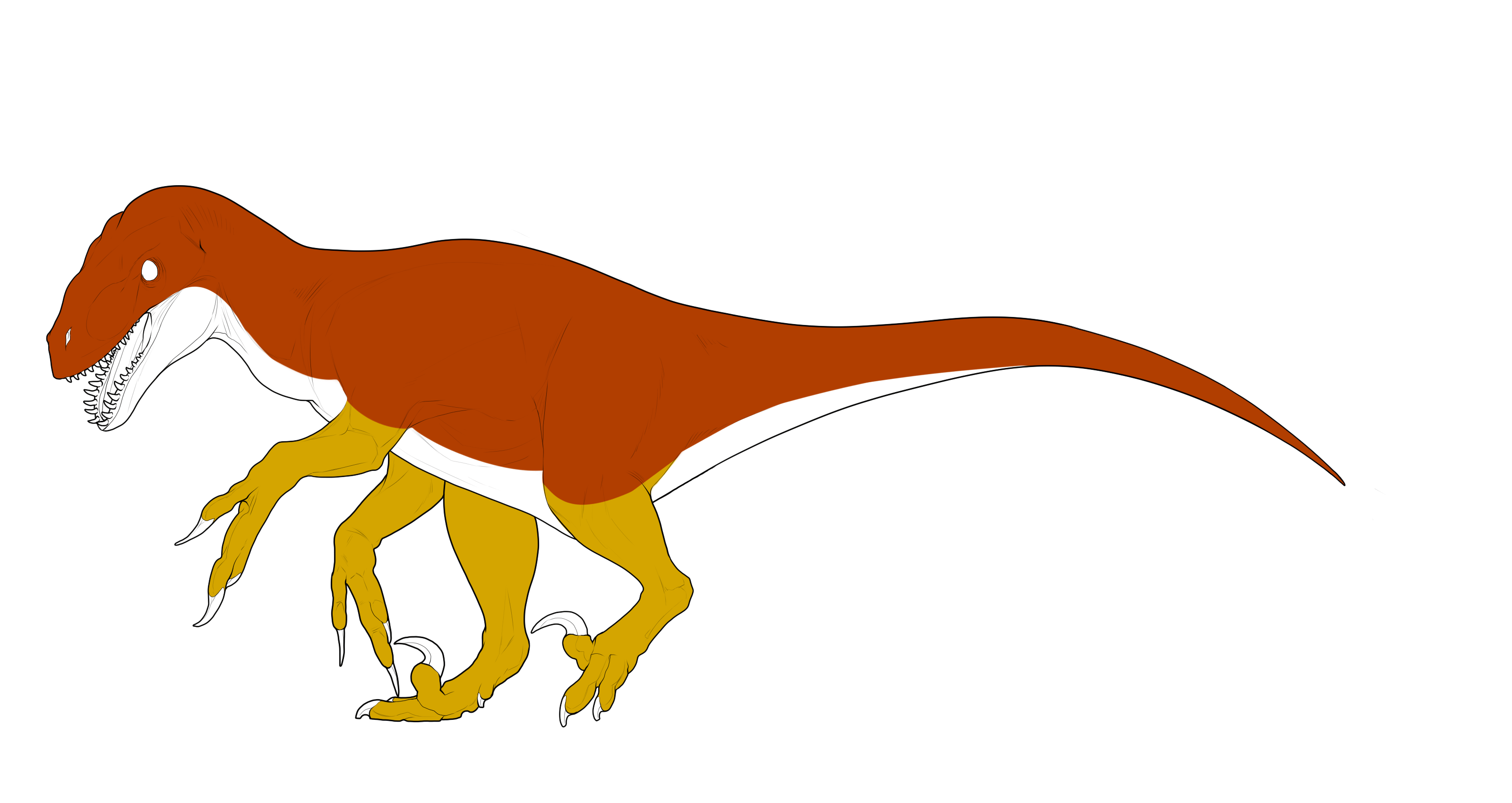Py (het form) | | PYPY (hom form)Python is a marking inspired by the back markings in Burmese pythons
Skip to:
Skip to:
- Shape and Placement - Color - Edge Types - Examples - Ranges -
Shape and Placement
- The patches should create a sort of puzzle pattern, fitting into each other and not being too scattered.
- Python spots can be in separate clusters, but cannot have wholly floating spots.
- Should not have small trailing spots or patches.
- This marking cannot have holes.
- Both Het and Hom can have a darker gradient along the border of each patch.
Color
- Het form must be one solid color.
- Hom form can be two-toned with a gradient.
- Can be any natural color.
- Can be affected by color modifiers.
Allowed Edge Types
Python is allowed one edge type from the below options - a guide to each edge type can be found by clicking on the images
Examples
Correct Examples
Incorrect Examples
Correct Imports
Incorrect Imports
No examples yet!
Ranges
Click the buttons below to see all species ranges and click the image for a full-size version to overlay onto your import!
Additional information can be found in the Marking & Color Guide.

